
Bird walk at Chintaamani Kar Bird Sanctuary, Kolkata
- Kolkata
- 23 November, 2025
- Rs 200/- per head
- Fee collected goes entirely to the bird guide. Ataavi does not retain or profit from this amount.

About Chintaamani Kar Bird Sanctuary
Partnered with


Bird Guide - Nibedita Chakraborty
A passionate bird enthusiast and researcher, worked extensively on avifaunal communities of East Kolkata Wetlands. Actively engaged in promoting conservation awareness and fostering community-based participation in bird monitoring and habitat preservation.
Bird walk Location

Common birds of Chintaamani Kar Bird Sanctuary
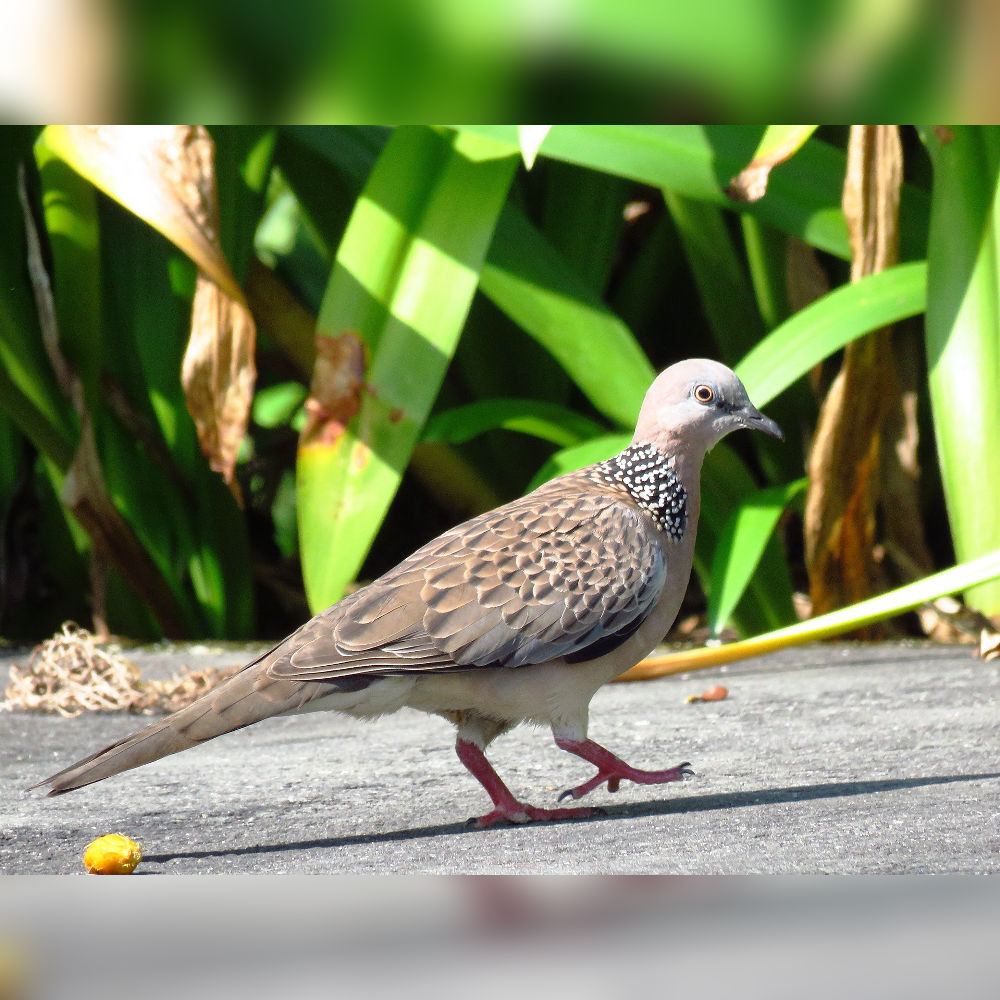
Spotted Dove
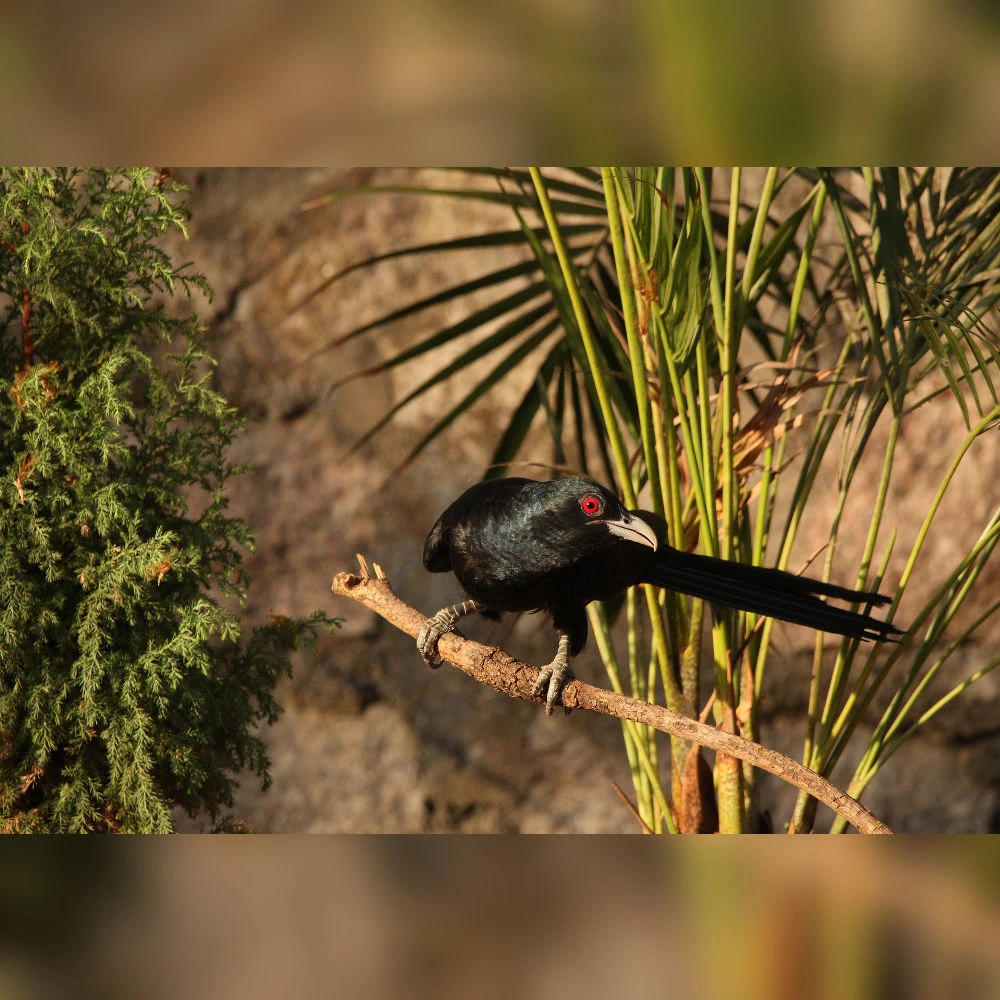
Asian Koel
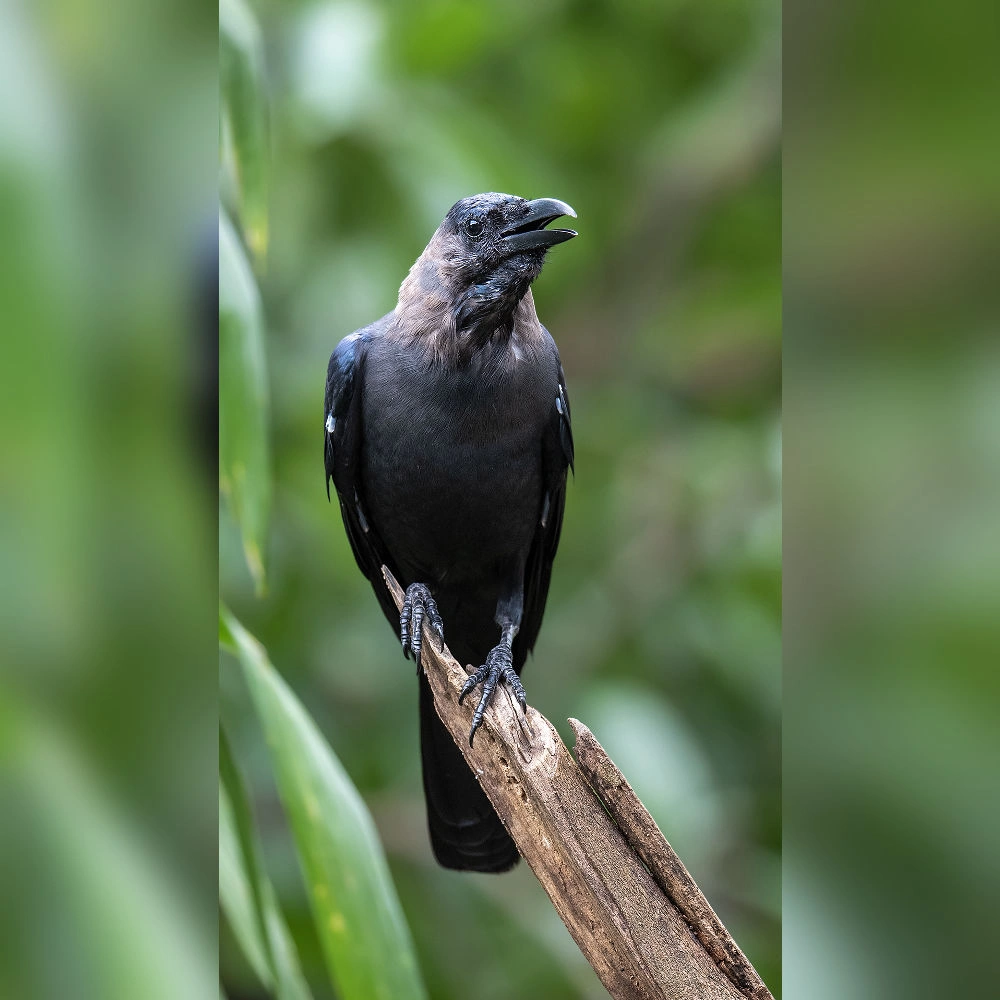
House Crow
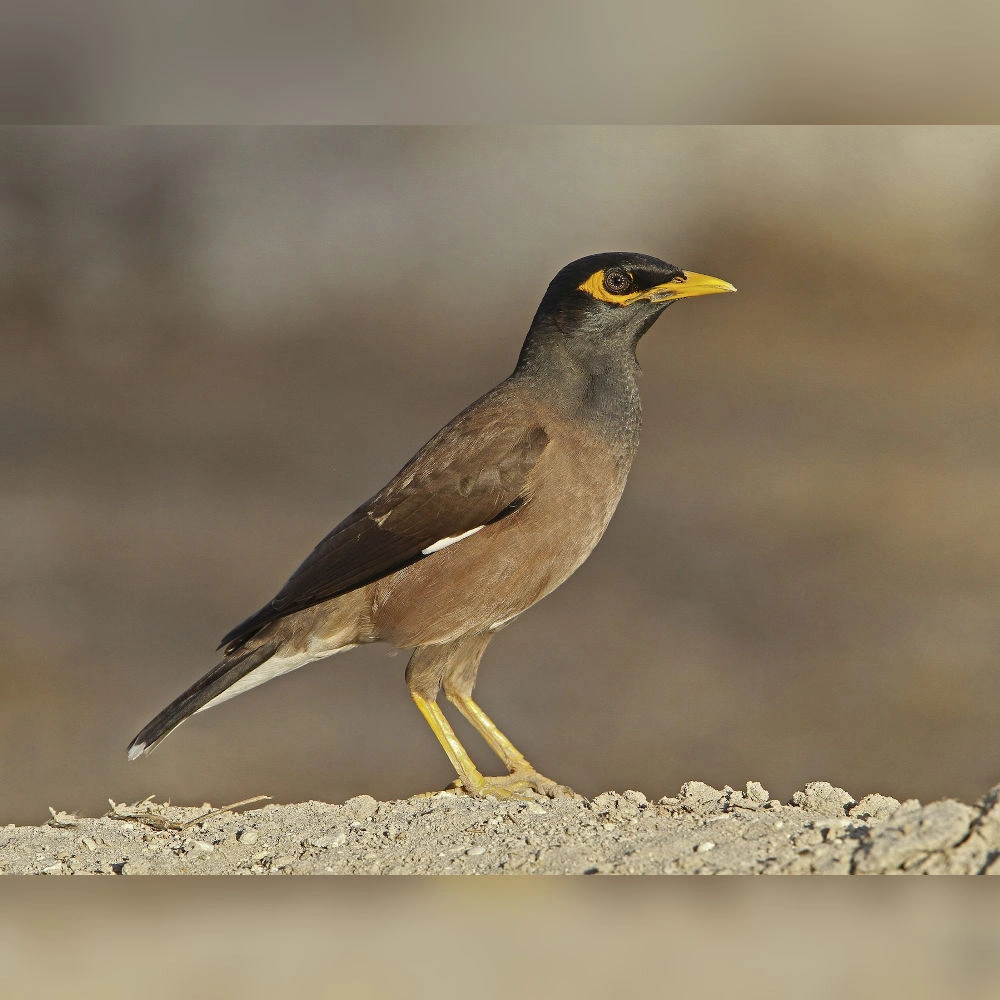
Common Myna
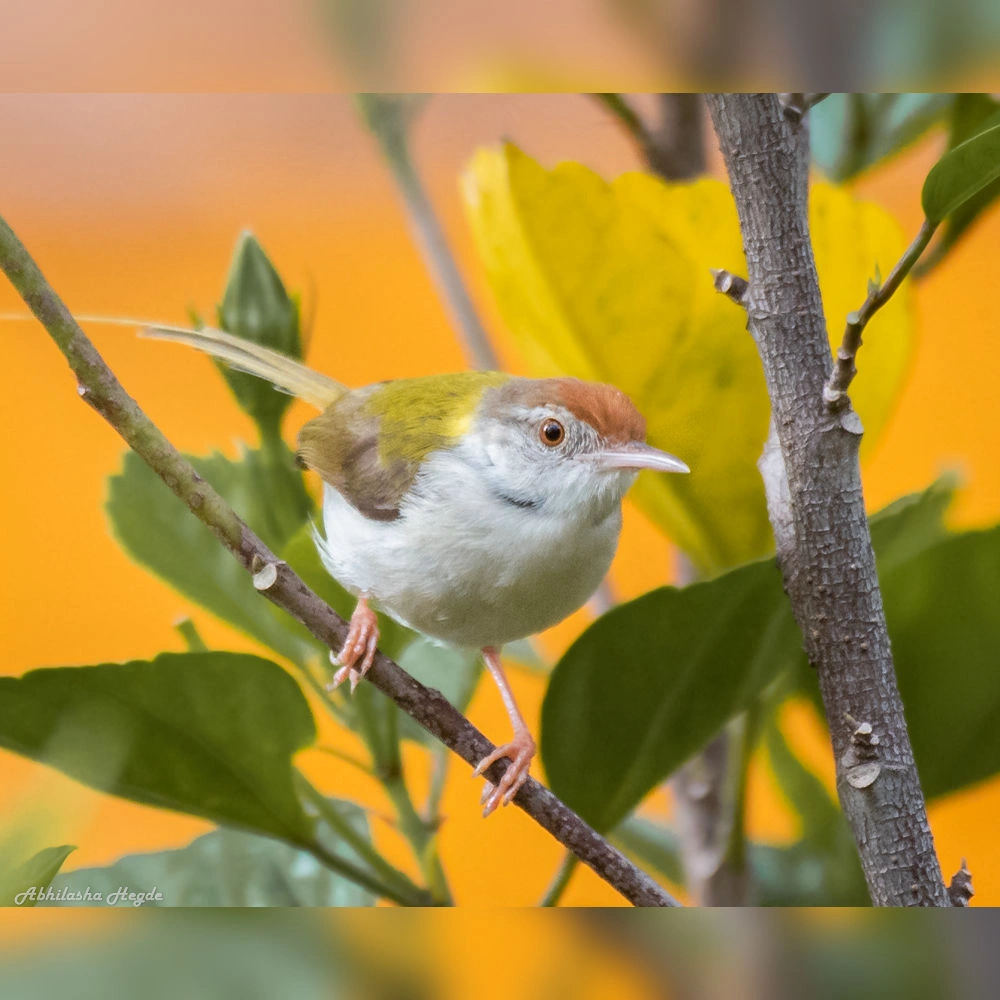
Common Tailorbird
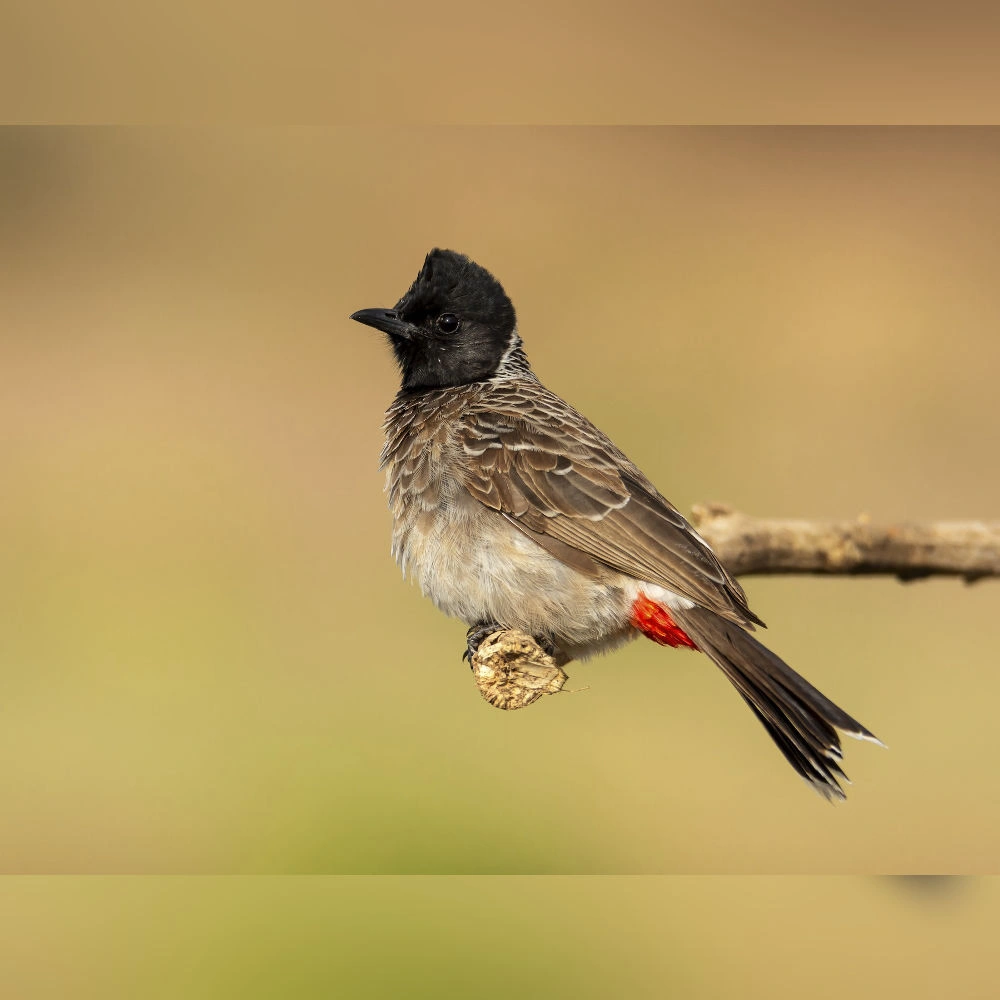
Red-vented Bulbul

House Sparrow

Black Kite

Rose-ringed Parakeet
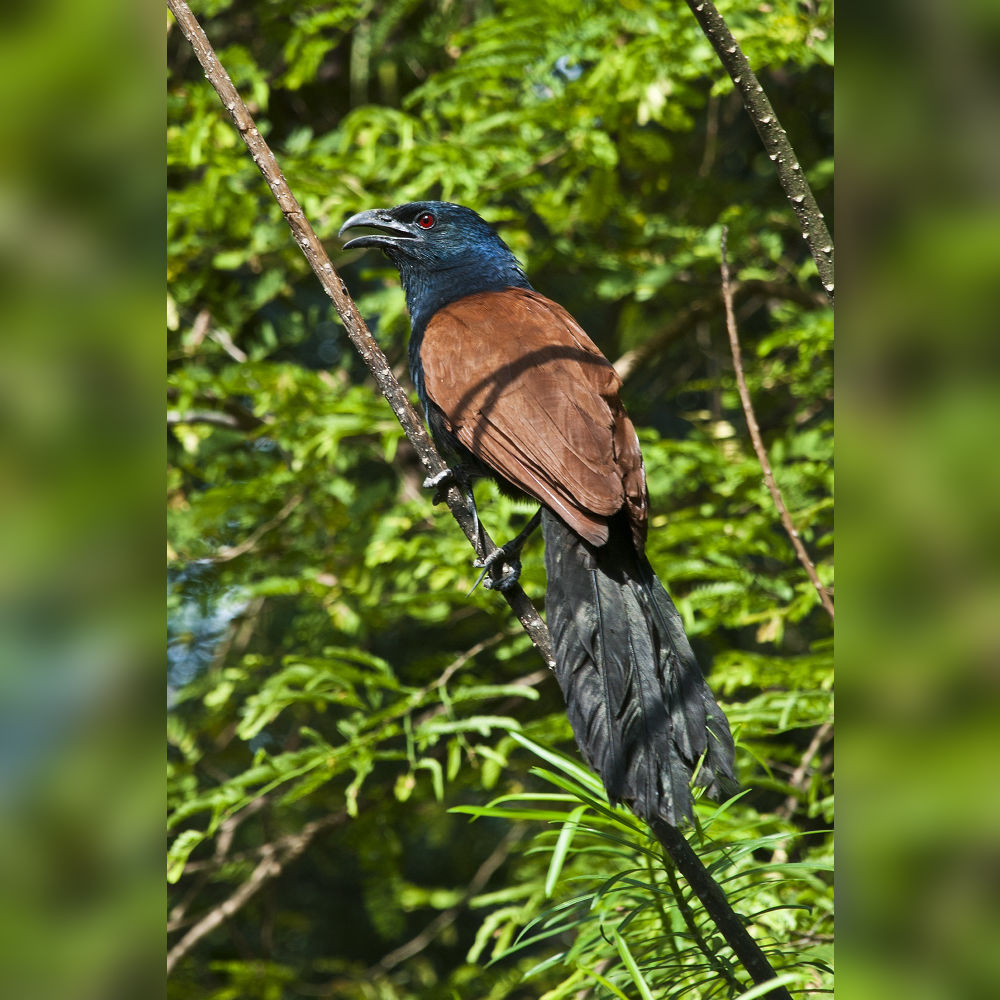
Greater Coucal
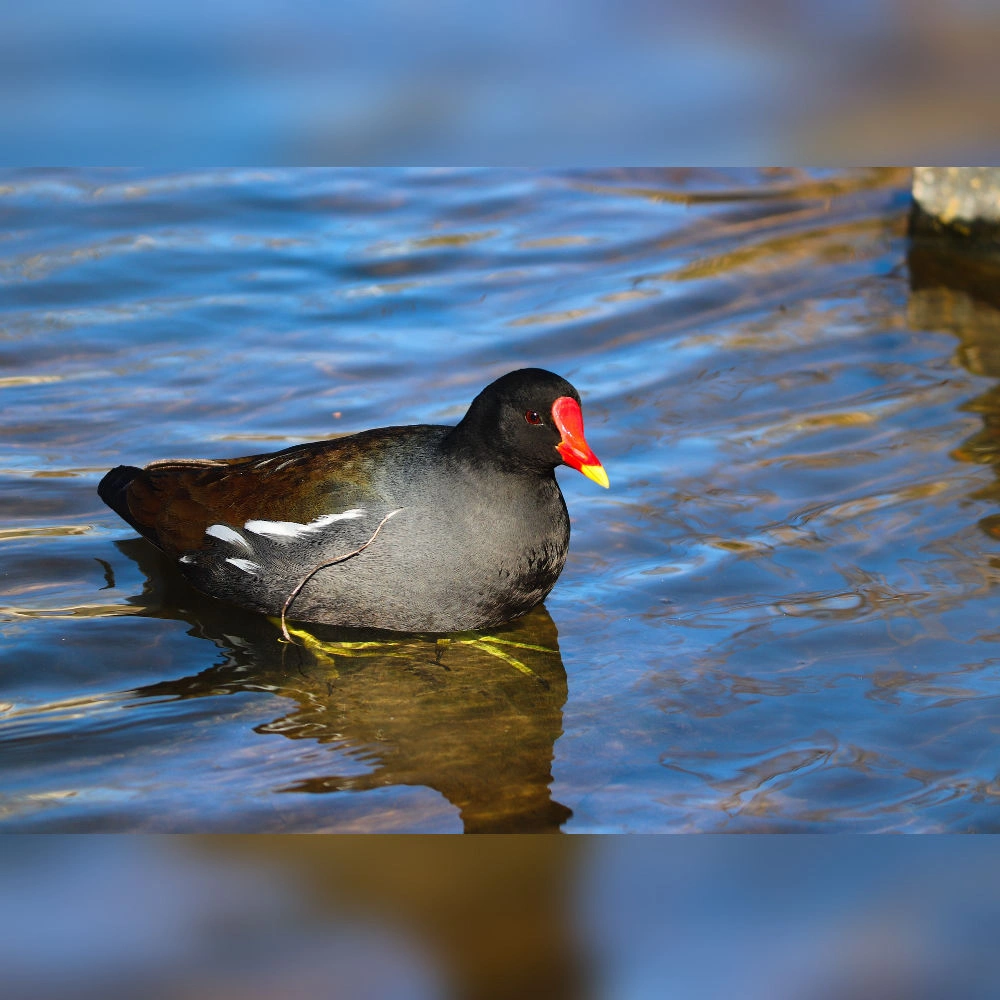
Eurasian Moorhen
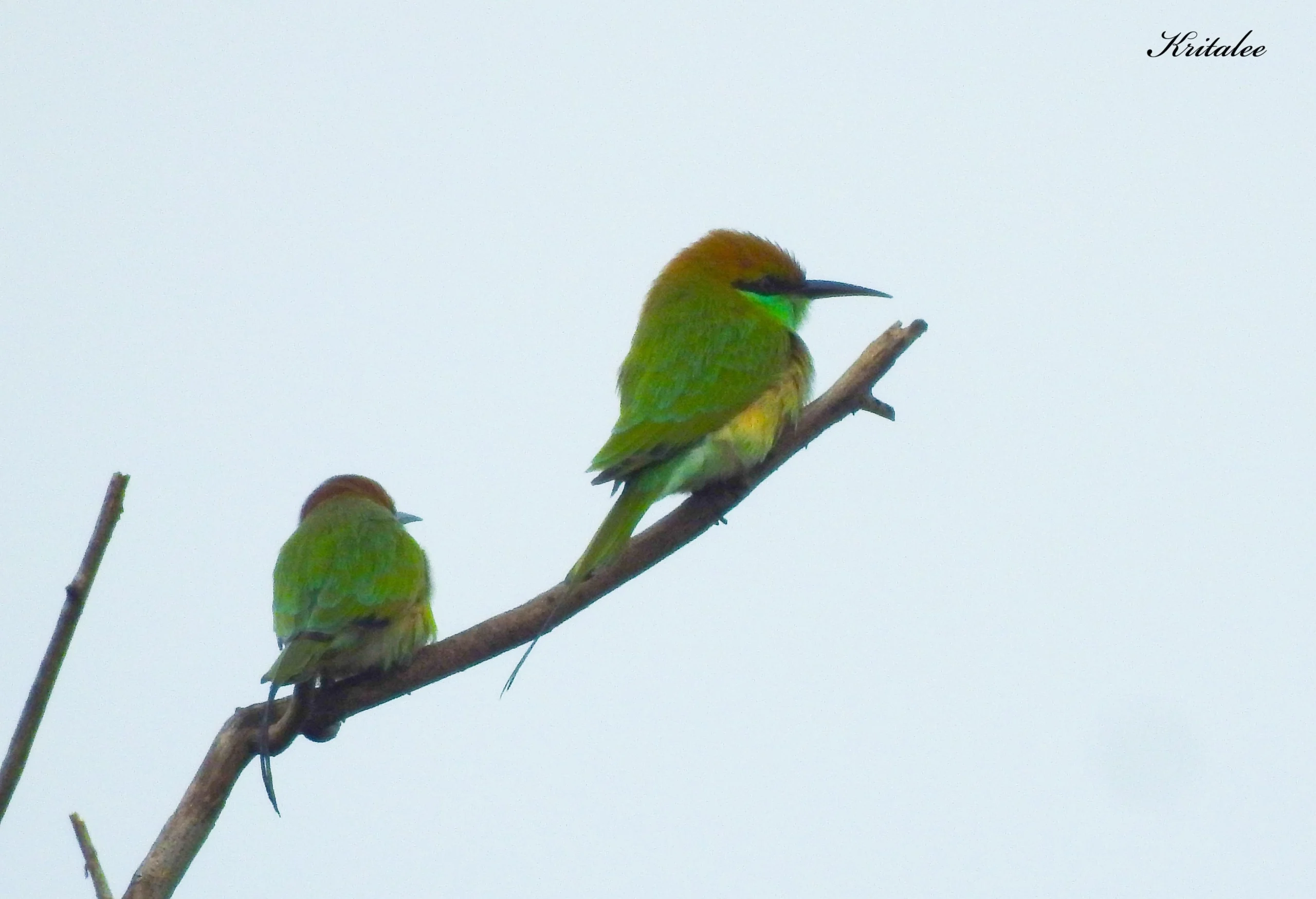
Asian Green Bee-eater

Little Cormorany
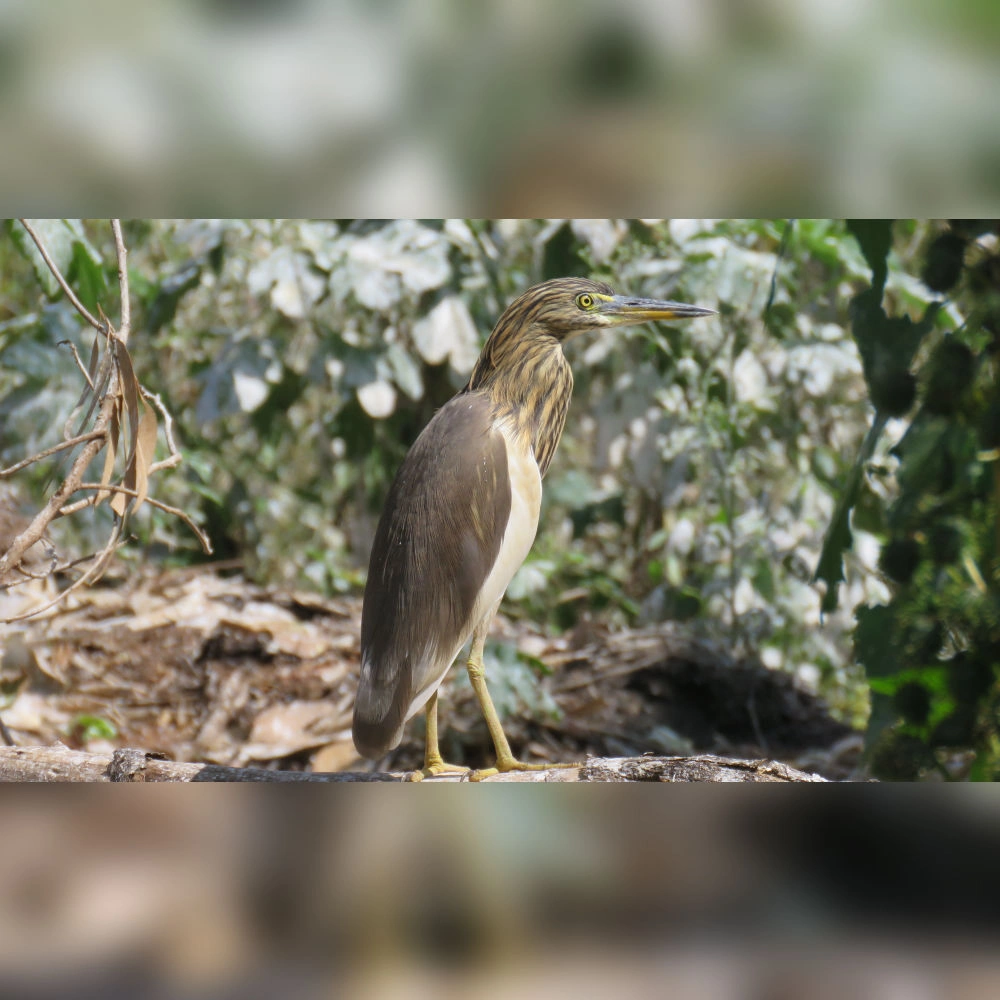
Indian Pond Heron
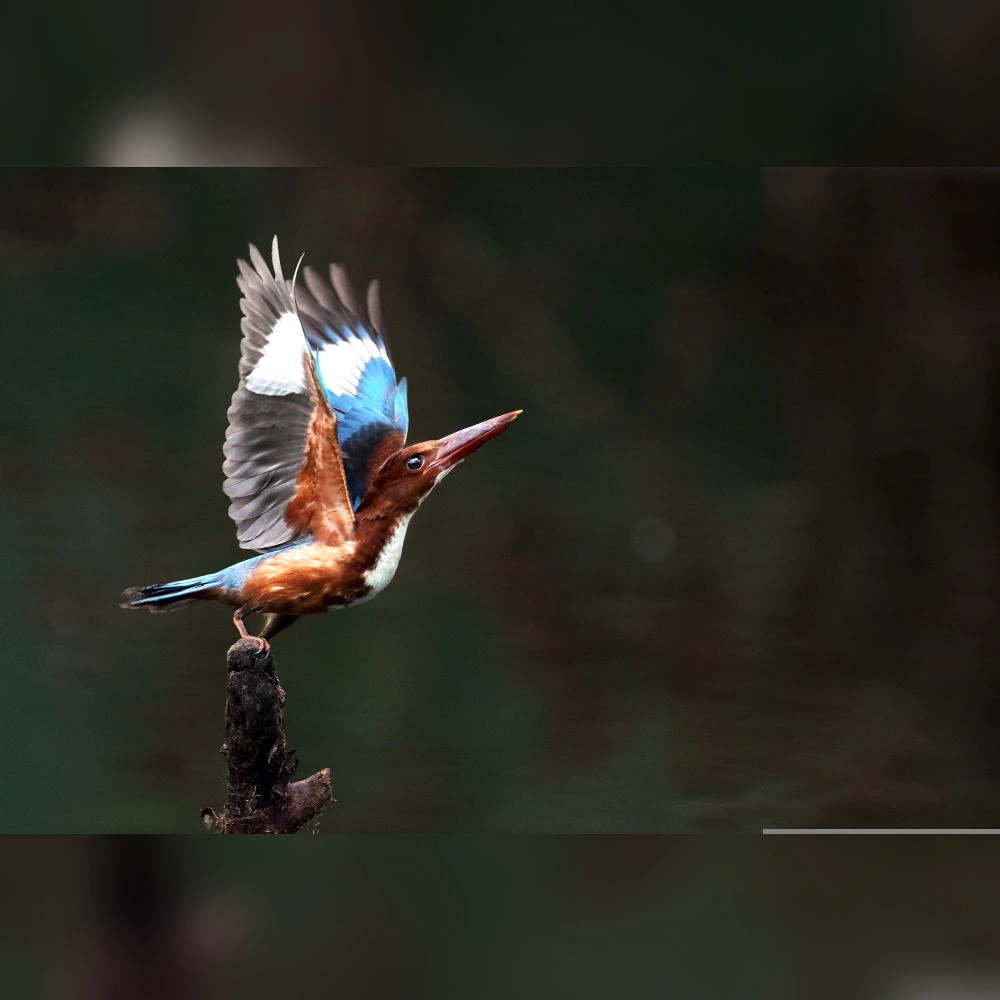
White-throated Kingfisher
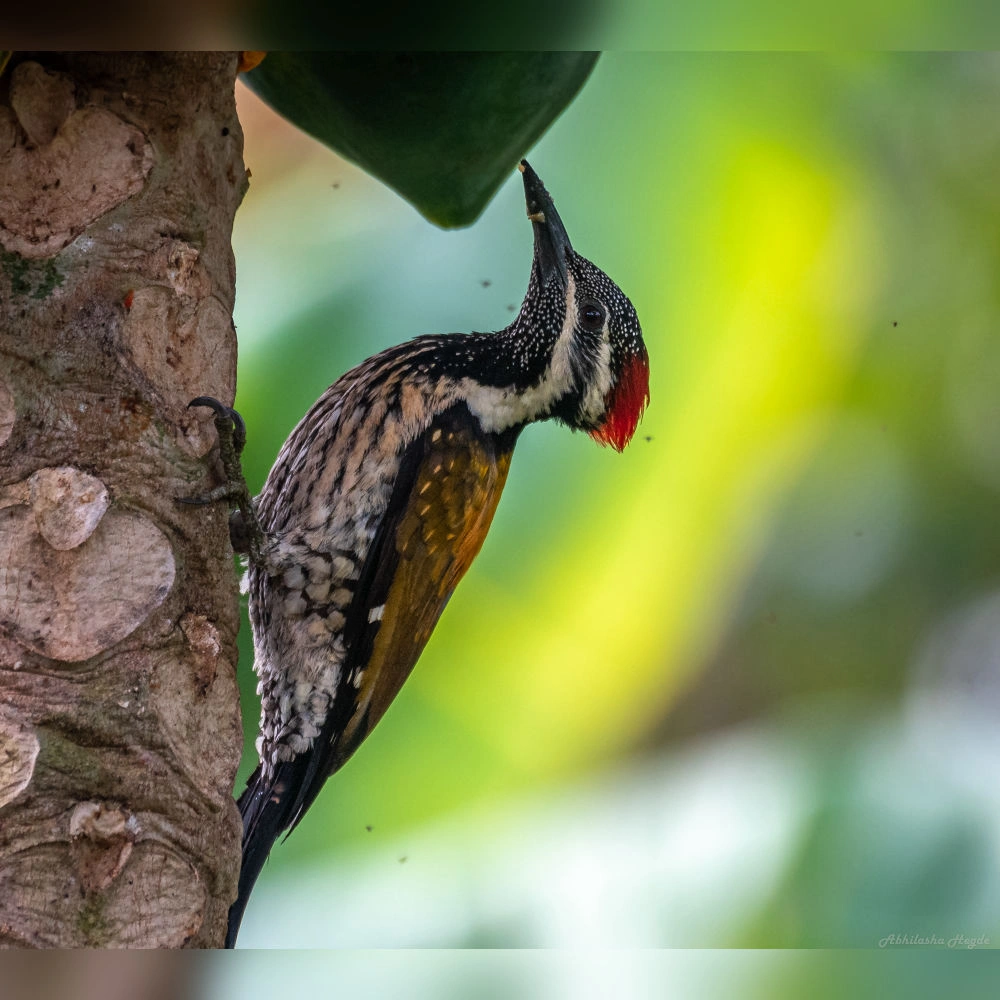
Black-rumped Flameback
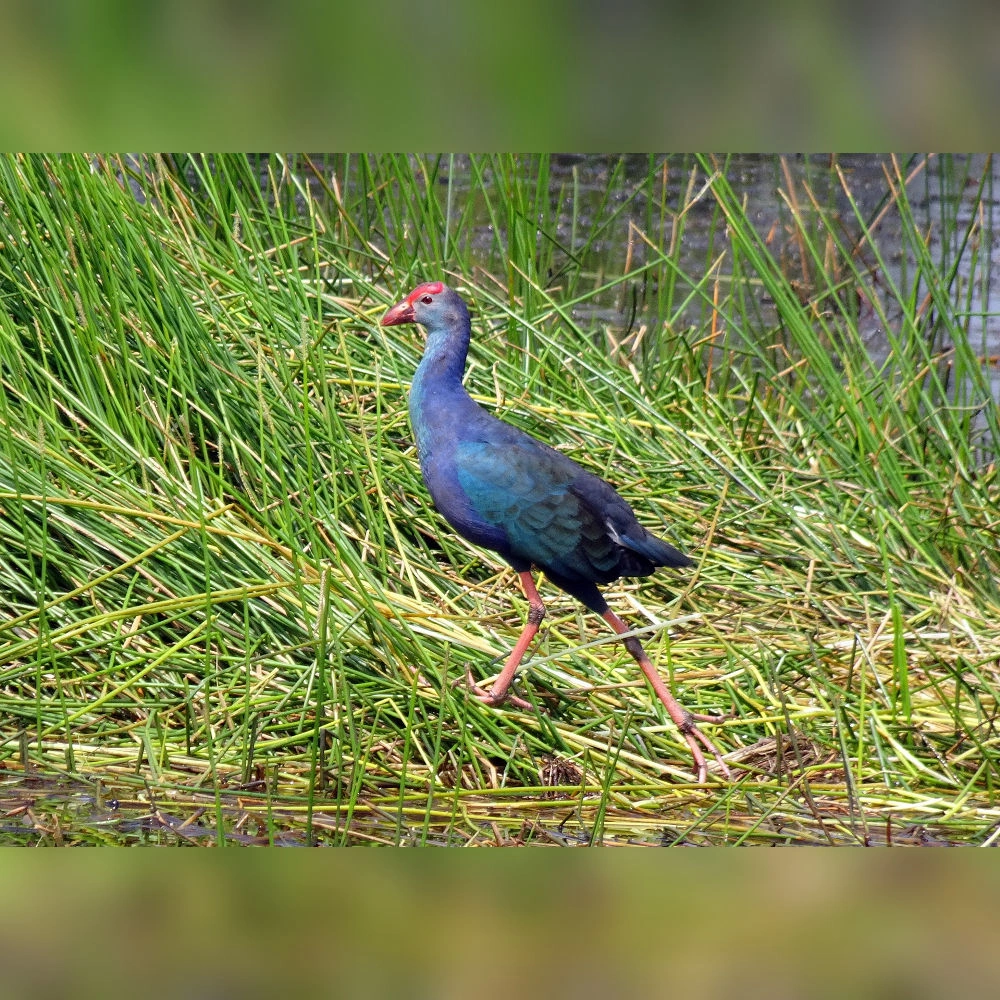
Grey-headed Swamphen

Oriental Magpie Robin
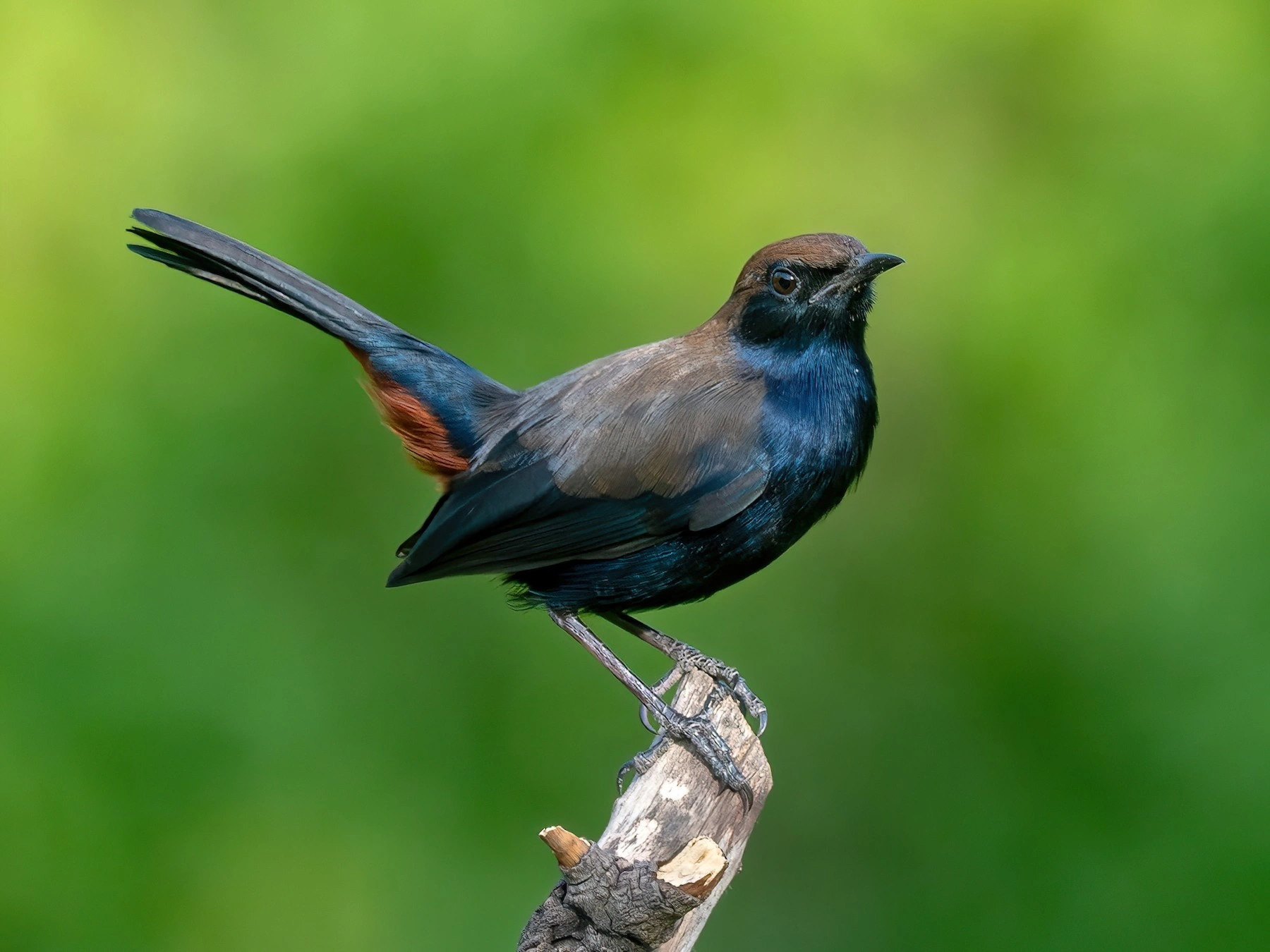
Indian Robin

Jungle Babbler
Summary of Walk
On a fresh Sunday morning, 22 nature enthusiasts joined guide Bhavya Sharma for a bird walk through Kulish Smriti Van, a rich biodiversity park extending from Jhalana Wildlife Park in Jaipur. Trekking through forest patches, rocky boulders, and wetland corners, the group recorded an impressive 41 bird species. Highlights included 12 Indian Peafowls, Indian Golden Oriole, Common Hawk-Cuckoo, White-browed Fantail, and the vibrant Black-rumped Flameback. Along the trail, participants deepened their skills in bird identification and learned about the importance of conserving bird habitats in urban wild spaces.
Partnered with


Bhavya Sharma
He loves connecting with new people who share excitement for the outdoors. Promote nature education, and inspire others to connect with and protect native wildlife.
- Fee collected goes entirely to the bird guide. Ataavi does not retain or profit from this amount.


